Masai mara national reserve
Masai Mara national reserve is a top tourism destination while on a kenya safari and regarded as a jewel of tourism in Kenya situated in the Great Rift Valley in the western escarpment, the reserve was established in 1961covering and area of 1,510 square kilometers and it is located in the rift valley province with Narok as the nearest city. Masai Mara national reserve is locally referred to as the Mara which a local slag describing the reserve when looked at a far, the word Mara means spotted due to the many trees which dot all over the landscpe.
Masai Mara national reserve was originally established as a wildlife sanctuary in 1961 covering an area of 520 square kilometers of the current area and the Mara triangle, in late 1961 the area was extended eastwards to cover an area of 1,821 square kilometers and because of the expansion it was declared a game reserve. In 1974 Masai Mara national reserve under the management of the Narok county council (NCC), part of the reserve covering an area of 1,510 square kilometers was given a national reserve status and the remaining area of 159 square kilometers was given back to local community.
Masai Mara national reserve is under the governance of Trans-Mara and Narok county councils and it is part of the greater Mara ecosystem which consists of Masai Mara National Reserve, the Mara Triangle, and several Masai Conservancies, including: Koiyaki, Lemek, Ol Chorro Oirowua, Olkinyei, Siana, Maji Moto, Naikara, Ol Derkesi, Kerinkani, Oloirien, and Kimintet.
Masai Mara national reserve is a renowned home for an exceptional population of wildlife including the big five that is lion, leopard, buffalo, elephants and rhinos, other animals include hippos, crocodiles living in large groups around river Talek and Mara River, hyenas, cheetahs, jackals, bat-eared foxes, elands, zebras, giraffes, topi, Thomson gazelles, wildebeests and many more. The most contributors to the big population of wildlife in Masai Mara national reserve is the annual wildebeest migration which is happens on a yearly basis in the period of July to October, this migration involves the movement of 1,300,000 wildebeest, 500,000 Thomson’s gazelles, 97,000 Topi, 18,000 elands, and 200,000 zebras as they move from north of Serengeti national park crossing Mara river.
Masai Mara national reserve is also a birding paradise hosting over 400 bird species which are easily spotted in the park, these birds include Abdim’s stork, African finfoot, African wood owl, Ayres’s hawk eagle, Cinnamon-breasted bunting, Denham’s bustard, Giant kingfisher, Woolly-necked stork, Yellow-mantled widowbird, Yellow-throated sand grouse, Grey-crested helmet-shrike , Grey penduline tit, Hildebrandt’s starling, Jackson’s widowbird, Lazy cisticola, Ostrich, Purple grenadier, Red-throated tit, Ross’s turacco, Rosy-throated long claw, Rufous-bellied heron, Rufous-throated wryneck, Saddle-billed stork, Schalow’s turacco, Secretary bird, Silverbird, Southern ground hornbill, Swahili sparrow, Tabora cisticola, Temminck’s courser, Trilling cisticola, Usambiro barbet, White-bellied go-away bird and many more
Safari activities to do in Masai Mara national reserve
Wildebeest migration experience
Masai Mara national reserve offers wildebeest experience, wildebeest migration experience is one of the rare occurrences of migration of animals on planet earth. The great migrations involves the movement of 1,300,000 wildebeest, 500,000 Thomson’s gazelles, 97,000 Topi, 18,000 elands, and 200,000 zebras from Serengeti national park located in Tanzania to Masai Mara national reserve. Sighting the wildebeest migration is a memorable sight to see for a life time, this most impressive movement of thousands of animals happens around July – October every year and they can be sighted in this period in Masai Mara national reserve.
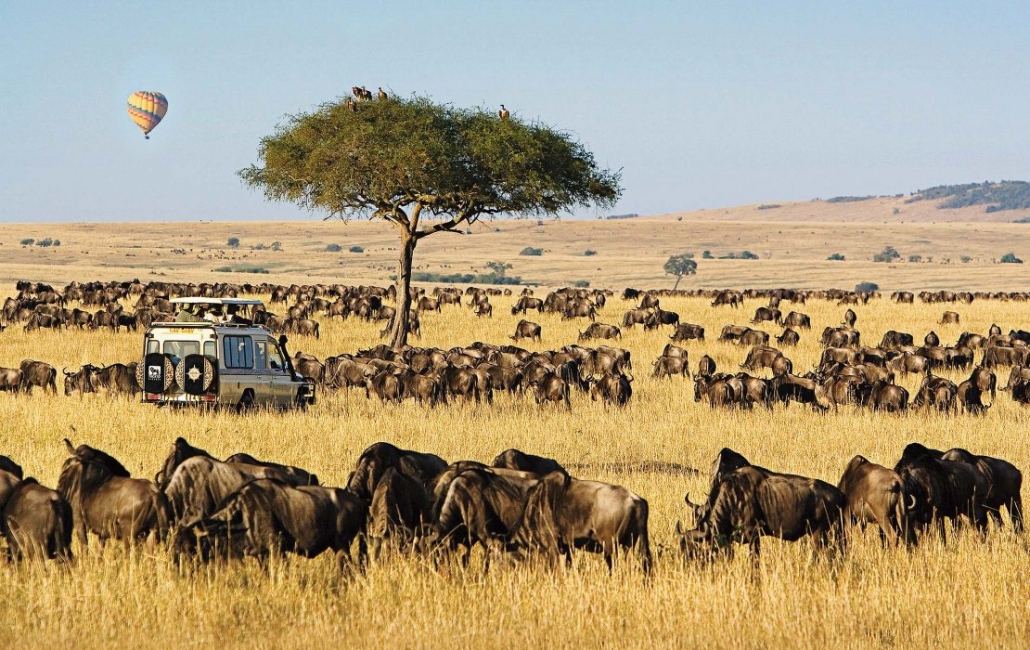
Game viewing safaris
Masai Mara national reserve offers game viewing safaris which is the one of the highlights of the reserve and reason to why it is always crowded by many tourists throughout the year, Masai Mara national reserve is a remarkable home to Wildebeest, topi, zebra, and Thomson’s gazelle, cheetah, lion, leopard, elephant, cape buffalo, rhinoceros, Hyenas, cheetahs, jackals, bat-eared foxes, elands, zebras and many more. Game viewing safaris in Masai Mara national reserve are done on a game drive through the park using well kept routes running through the park, as you drive through the park you get to visit areas like banks of Mara and Talek River where you get to see many animals which flock the river banks to drink water. On the same game drive you get to enjoy sights of many birds such as vultures, marabou storks, secretary birds, hornbills, crowned cranes, ostriches, long-crested eagles, African pygmy-falcons, lilac-breasted roller and many more. Masai Mara national reserve is dominated by short savannah grasslands which gives easy sights of the animals, birds and the beautiful panoramic views while on game viewing safaris.
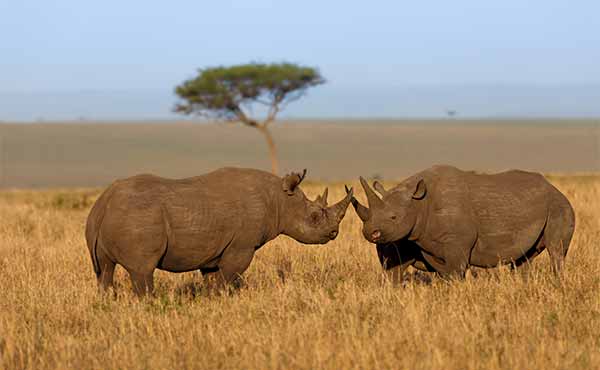
Hot air balloon safari
Masai Mara national reserve offers the exciting and entertaining hot air balloon safaris, hot air balloon safari is one of the most memorable experience offering an aerial view of Masai Mara national reserve and its wide population of wild life. Hot air balloon experience is offered from Governor’s camp and it is for duration of 1-3 hours, while on this experience you enjoy eye’s view of many animals such as giraffes, hartebeests, wildebeests, antelopes, elands, lions, leopards, elephants, buffaloes and many more.
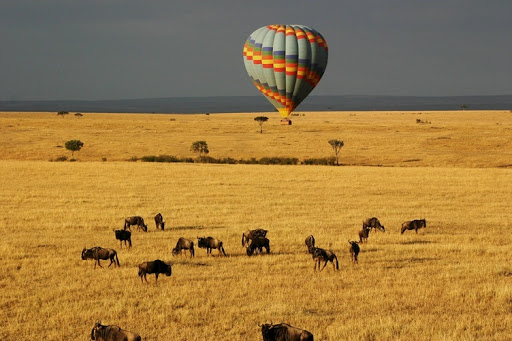
Horseback safaris
Masai Mara national reserve offers horseback safaris as a way of touring the reserve on the back of the horse, horseback safaris is one of the newly introduced ways of touring Masai Mara national reserve. Horseback riding in the reserve as a way of touring offers you an opportunity to enjoy the beautiful scenic views of the reserve and many animals such as giraffes, hartebeests, wildebeests, antelopes, elands, lions, leopards, elephants, buffaloes and many birds such as great egrets, heron, hamerkop, sacred Ibis, tawny eagle, kori bustard and Africa fish eagle. The highlight of this experience is that it gives you an opportunity to close to animals while on the back of the horse since they are not scared of a horse.
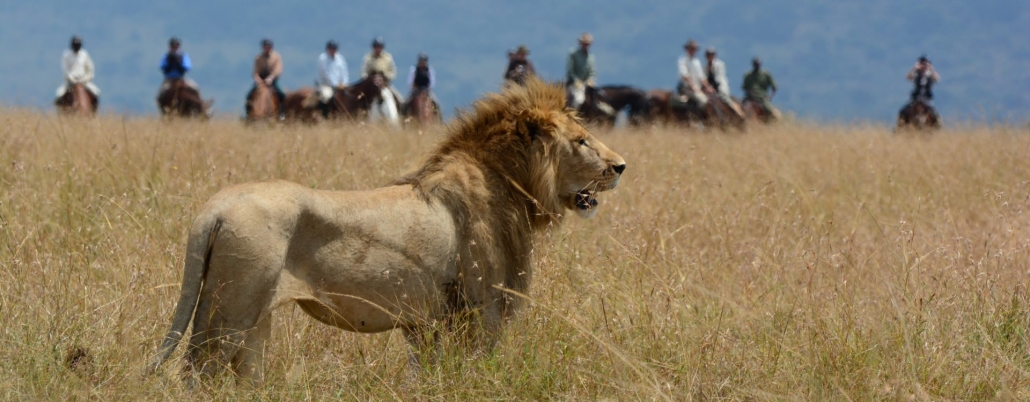
Cultural safaris
Masai Mara national reserve offers amazing cultural safaris to the Masai communities, Masai people are nomadic pastoralists living on the outskirts of Masai Mara national reserve. Masai people are the early inhabitants of the land currently occupied by the park and they used to graze their livestock on the savannah grasslands, while on your tour to Masai community you will encounter breathtaking and authentic African culture, norms, traditions and lifestyle. In Masai community you will be welcomed with Masai cultural dances and songs, participate livestock activities such as milking the cattle, organizing the livestock’s pen, taking them to a grazing fields and many more.
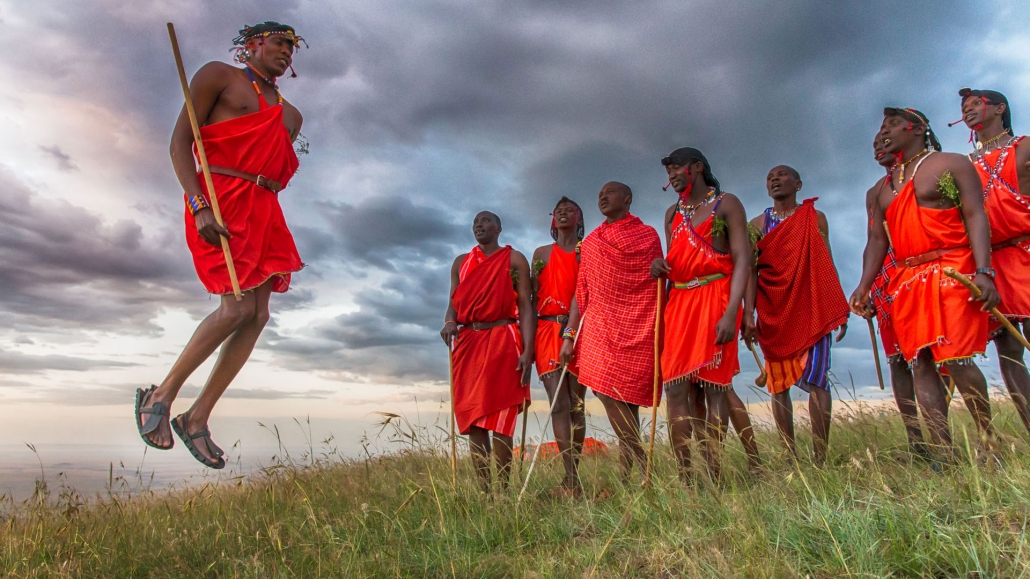
Bird watching safari
Bird watching is some of the most exciting safaris in Masai Mara national reserve, the park is a haven for over 400 bird species which live in the short grasslands, forest galleries of the reserve and banks of Talek River and Mara River. Birds spotted while on birding watching safari include Abdim’s stork, African finfoot, African wood owl, Ayres’s hawk eagle, Cinnamon-breasted bunting, Denham’s bustard, Giant kingfisher, Woolly-necked stork, Yellow-mantled widowbird, Yellow-throated sand grouse, Grey-crested helmet-shrike , Grey penduline tit, Hildebrandt’s starling, Jackson’s widowbird, Lazy cisticola, Ostrich, Purple grenadier, Red-throated tit, Ross’s turacco, Rosy-throated longclaw, Rufous-bellied heron, Rufous-throated wryneck, Saddle-billed stork, Schalow’s turacco, Secretary bird, Silverbird, Southern ground hornbill, Swahili sparrow, Tabora cisticola, Temminck’s courser, Trilling cisticola, Usambiro barbet, White-bellied go-away bird and many more.
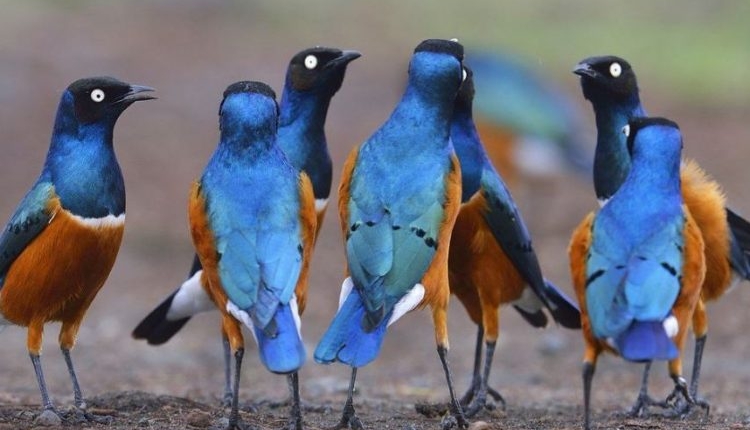
Where to stay in Masai Mara national reserve
Masai Mara national reserve hosts many lodges and camps which offer accommodation to tourists visiting the park for a safari, these lodges and camps include Mara Serena safari lodge, little governor’s camp, kichwa Tembo, Mpata club, Olonana camp, Mara siria camp, Kilima camp, Keekorok lodge, Olumara tented camp, maraBush camp, Fairmount Mara safari club, Esikar gardens hotel, Maendeleo Parkview hotel, Mara frontier hotel and many more
Access to Masai Mara national reserve
Masai Mara national reserve is accessed by road using many routes from Nairobi and by air means of transport using domestic flights from Jomo Kenyatta international airport many airstrips such as Shikar airstrip, Ngerende airstrip, Musiara airstrip, Ol Kiombo airstrip, Keekoroko airstrip, Sian springs airstrip, Masai Mara Serena airstrip, Kichwa Tembo airstrip, Masai Mara cottars airstrip, Masai Mara Olare Orok airstrip and Masai Mara Buffalo airstrip many more.

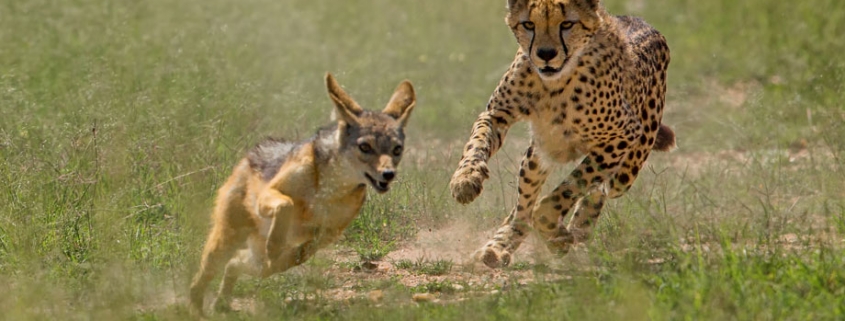
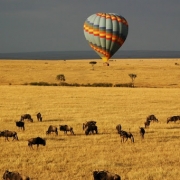
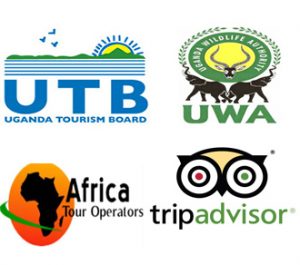


Leave a Reply
Want to join the discussion?Feel free to contribute!